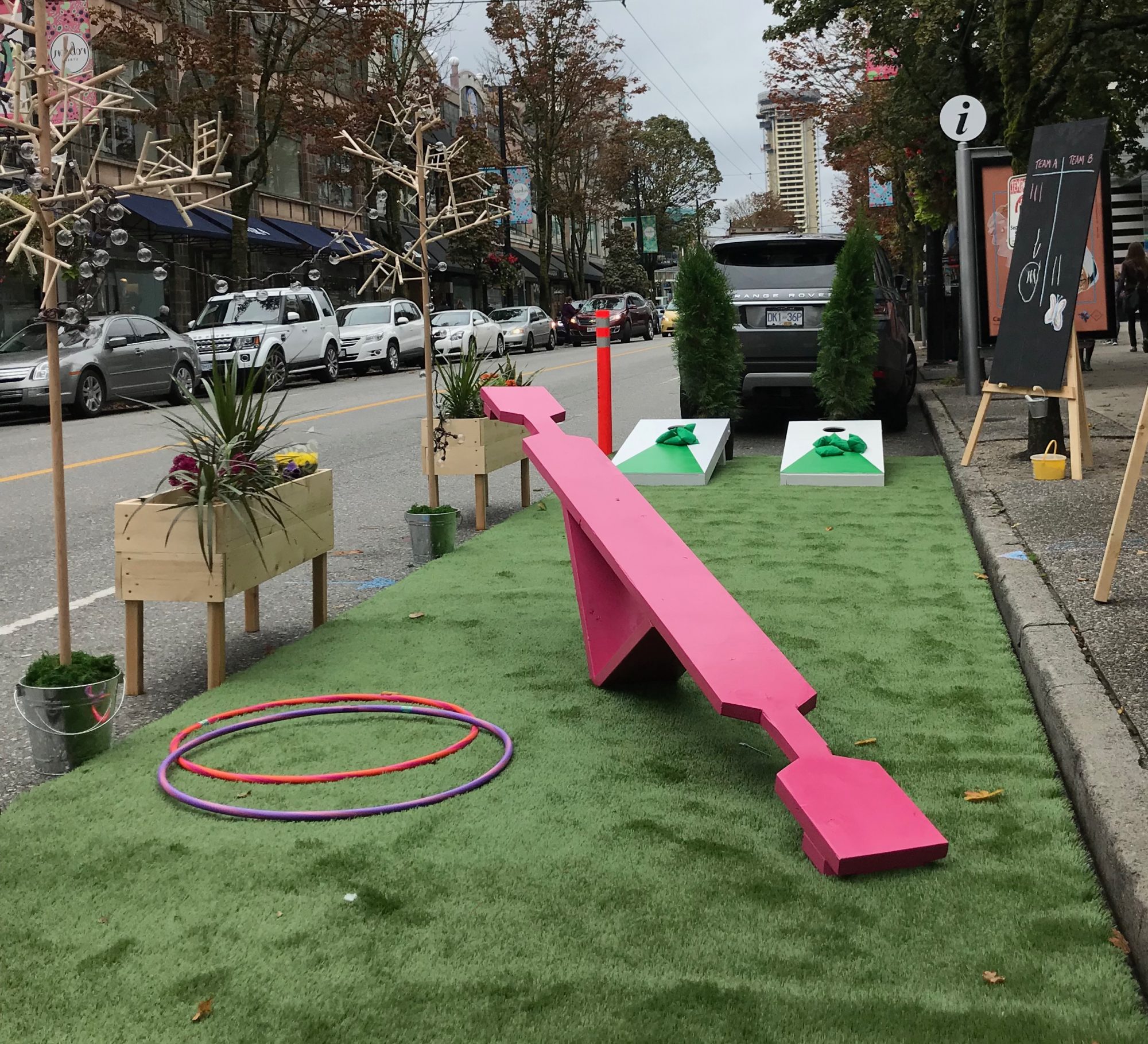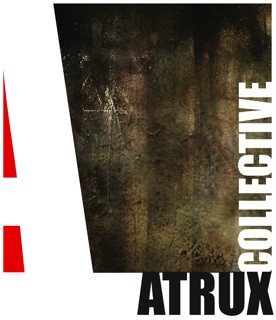TRADITION AND EXPERIMENT
Douglas C. Wadle (2007)
The object of reasoning is to find out, from the consideration of what we already know, something else which we do not know.
-Charles Sanders Peirce
“The Fixation of Belief” (1877)
I understand “tradition” as the set of tools, passed on to us by our predecessors and mentors, by which we situate ourselves in our world. As such, tradition allows us to make judgments concerning our environment. From these judgments, we determine which actions are needed; and tradition provides us, again, with the means of executing these actions. Removing (elements of) tradition removes the ability to make such judgments and, therefore, the ability to take action, making the world and our work within it utterly and absolutely inscrutable – not even indicating what kind of things they are. Every break with tradition, as an action, must be undertaken from some judgment, judgments being determined by tradition. How, then, is it to effect a turning away from tradition? The answer, I believe, lies in the complexity of tradition (necessary if we are to deal with a complex environment and, perhaps, a precondition of perceiving a complex environment) and the intersection of multiple traditions within a single mind. This complexity allows some particular aspect of the tradition to be thrown into relief by the operation of other aspects of that tradition (or collections of traditions available to the mind undertaking this task). By thwarting expectations in this aspect, the inadequacy of the presently available judgments are recognized and an action is called for that will, proceeding from that which remains in tact of the tradition, enlarge the set of tools possessed by the individual through tradition so that a judgment may be made. The calculated arrangement of circumstances that require just such an action will be called an “experiment.”
Experiments result in a judgment of what, exactly? Judgments are directed at some perception of the world: an object or a situation – just the sorts of things artists create. Judgments arising from experiment deal with those perceptions that are not successfully integrated into one’s existing traditions(s), including certain artistic creations. Here I must venture a brief description of such artistic creations in terms that will allow us to understand the operation of this experimental process. I use the term “art object” to refer to a perceptual impetus, containing elements ordered according to the rules of some tradition that treats those elements as meaningful signs. The art object gains its identity, as object, through a larger ordering principle that binds the signs into a whole, the relations of these elements to the whole being of sufficient complexity to invite a multitude of interpretations. The sum of these interpretations are understood to constitute the “work,” making the work an open process rather than a closed fact. This process, as a process of interpretation and interpretation of interpretations, takes the form of a dialogue. I have the experience reading Stein or Joyce that I cannot predict the ending of the sentence, the meaning towards which it is driving, and so I must focus my attention instead on each word. The same is true of listening to the music of Cage. The logics of musical construction, as developed over hundreds of years in Europe, are inoperable, directing our attention to each individual sound. Upon repeated listening, one develops a strategy, a personal tradition of listening, by which to make judgments of such art objects, thereby allowing interpretations. Our attention is once again diverted from the individual sounds (elements) to a new, though idiosyncratic, conception of musical order. It is precisely this movement, from the arrangement and subsequent apprehension of elements, about which one is unable to formulate judgments due to the absence of an adequate tradition by which to integrate these elements, to the formation of a personal and adequate means of judging and, subsequently, interpreting the same, that I identify as constituting the experimental area of the arts.
Experimental activity allows the work (as dialogue) to continue forward, to spur on future art objects, interpretations, and utterances. With the establishment of new, personal means of understanding works, we have furnished ourselves with a new basis for new actions that may either recapitulate this new understanding (turning it into a tradition) or else, continuing forward, may question it, focusing on elements still unconsidered (suggesting further experiments). I pursue, as a matter of experimental pride, the latter course. This presents obvious problems. As such work is dependent upon my challenging of my own preconceptions and requires that audiences do the same of their own preconceptions, and as this process is cumulative, each person moves into an increasingly specialized, though increasingly refined thought world. The more specialized the thought world, the more difficult it becomes to bridge that world with other worlds. To avoid heremeticism, we must then seek out communities in which we can engage in discourse around our thought worlds, finding the common points from which these thought worlds diverge. How far from the prevailing attitudes of those working in our chosen media we situate this common point will determine how large or small this community will be in reference to those using this or that medium. The art objects created, whether in fixed form or fleeting performance, must be let go of, must be allowed to operate in others’ thought worlds, even those outside of one’s community or communities of dialogue. Art objects might be constructed with this in mind, that any interpretation adds something to the existing discourse (tradition) into which the art object is introduced, and it is the expansion of this discourse (experiment) that gives to the art object its identity as a work; and so the conscious introduction of uncertainty in some area, making the work an experiment begun with the ambiguous art object, becomes fruitful.
The ambiguities in the code that any stepping outside of traditional practice engenders are akin to the deciphering of Joyce, Stein, or Cage. Tradition does not supply one with the necessary tools to make sense of the object with which one is confronted. To make sense of the thing, then, is to formulate a strategy for reading those elements (as signs) that are present. Often these may be traditional signs in non-traditional contexts, or they may be the signs of some other system of signification, or they may be newly invented. I am particularly interested in the first two of these possibilities as they allow attention to be directed towards the judgments available within the tradition(s) from which the signs are taken. Such uses of signs require the generation of new meanings because of their unusual circumstances. The act of interpretation becomes self-consciously a task of interpretation, the role of the receiver becomes the role of a partaker in the constitution of the work (as dialogue). The claim of the art object to any absolute meaning is given up. Rather, it becomes an object of intellectual engagement conducted through the studied manipulation of the signs contained therein.
From Notations21 (Mark Batty Publisher, 2009)


